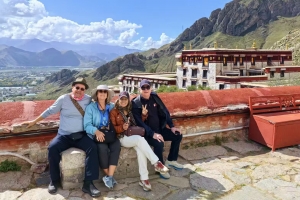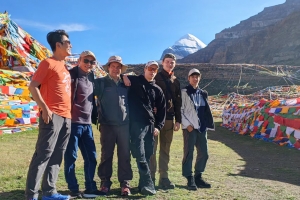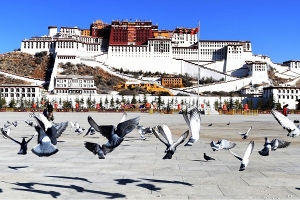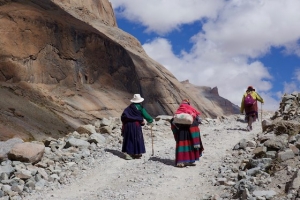This note will give you a detailed analysis of altitude sickness, so you won’t panic if you encounter it.
The average elevation in Tibet is over 3600 meters, but altitude sickness is not as frightening as we might think. However, before entering high altitudes, it’s essential to understand the following:
Altitude sickness occurs when your body struggles to adjust from low altitudes to high altitudes. Most people go through an adaptation process; some adapt quickly, while others take longer.
Mild Symptoms: Headache, dizziness, shortness of breath, fatigue, drowsiness, chest tightness, insomnia, indigestion, etc. These are normal and usually subside or disappear within 1-2 days for most people.
Severe Symptoms: Difficulty breathing, nausea, vomiting, cyanosis (bluish lips), etc.
Descend to a lower altitude immediately if possible; if symptoms persist, leave the scenic area for rest.
Sip hot water slowly.
Inhale oxygen moderately and drink glucose solution.
Rest, avoid physical exertion, and allow your body to adjust.
It’s normal to experience mild altitude sickness within the first 48 hours of entering high altitudes. Once your body adapts, you’ll feel energetic again. However, be mindful of the following in high-altitude areas:
Keep warm and protected from the cold and wind; wear a hat to avoid headaches.
Avoid high altitudes if you have a cold.
Do not engage in strenuous activities (no running or jumping; walk slowly)
Avoid bathing or washing your hair in the first two days upon arrival.
Walk slowly after disembarking from the plane or train; avoid strenuous exercise or heavy labor, and ensure good sleep.
Drink high-sugar beverages (sweet tea, cola, glucose, etc.) after entering Tibet to help alleviate altitude sickness.
Avoid smoking and alcohol in the two days before entering Tibet.
Keep warm, avoid overeating, drink plenty of water, eat green leafy vegetables and fruits, and consume less cold food.
Pain Relievers: Acetaminophen, Aspirin.
Glucose: To replenish energy.
Vitamin B6: To alleviate nausea.
American Ginseng Tablets: To fight fatigue.
Vitamin C: To boost immunity.
These options are generally affordable and effective. For those willing to spend more, consider herbal remedies like Rhodiola or specialized altitude sickness medications.
In summary, stay calm about altitude sickness and avoid over-worrying. We hope everyone visiting Tibet can enjoy the beauty and culture without altitude sickness.












